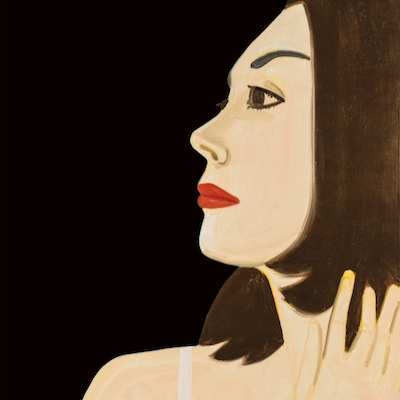
White Hat, 1990
- Inches
- Centimeters
- USD
- EUR
- GBP
- Recently Added
- Price (low-high )
- Price (high-low )
- Year (low-high )
- Year (high-low )
Alex Katz
Red Dogwood 2 From The Flowers Portfolio, 2021
Limited Edition Print
Archival Print
USD 20,000 - 25,000
Alex Katz
Red Dogwood 1 From Flowers Portfolio, 2021
Limited Edition Print
Archival Print
USD 20,000 - 25,000
Alex Katz
Peonies From The Flowers Portfolio, 2021
Limited Edition Print
Archival Print
USD 20,000 - 25,000
Alex Katz
Vincent With Open Mouth, 1974
Limited Edition Print
Etching And Aquatint
Inquire For Price
Alex Katz
The Flowers Portfolio (7 Works), 2021
Limited Edition Print
Archival Print
USD 115,000 - 130,000
Alex Katz
Green Jacket (from Alex & Ada Portfolio), 1990
Limited Edition Print
Screen-print
USD 10,200
Seek an Artwork by Alex Katz
If you are searching for a specific piece by Alex Katz, let us know what it is, and we will explore our network to find matches. Our goal is to assist you in discovering artworks that align with your interests.
What is figurative art?
Sometimes known as Figurativism. It particularly describes sculptures and paintings clearly or specifically derived from sources of real objects hence they are representational as the name suggests "figurative art". This term is often used as a contrast for abstract art. However, since the coming of abstract art, this term has been used to mean any form of modern art with strong references to the actual/real world situation.









































































































































































